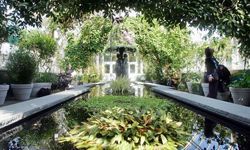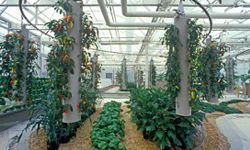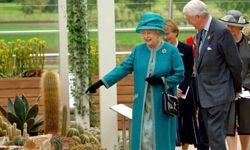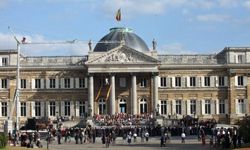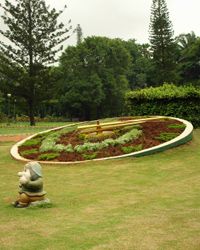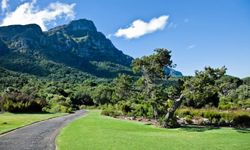Most cacti enjoy dry, hot environments, while orchids thrive in humid, tropical locales. Every plant has its ideal growing conditions, but sometimes Mother Nature does not cooperate. To create the best growing conditions for a specific plant or plant type, people devised buildings that could be climate-controlled. Greenhouses, conservatories or orangeries are usually framed in metal, wood or plastic. Then the frame is lined with panels of glass or polycarbonate, a clear form of heat-resistant plastic. The clear panels work to trap the sun's heat warming the building, yet gardeners must adjust ventilation accordingly to keep the building's temperature within the range needed for the plants.
Many of the first greenhouses were created to diversify or increase food supply. Now, greenhouses are still used to produce food, but others are used to grow plants for decoration, landscaping and educational purposes. In this article, we will explore 10 different greenhouses from around the world. We'll start in the United States.
Advertisement
